artificial sphincter pros and cons
 Aartificial Urinary Sphincter Surgery - Cost, Activation, Pros and Cons & More
Aartificial Urinary Sphincter Surgery - Cost, Activation, Pros and Cons & MoreInflatable Artificial Sphincter What is an inflatable artificial sphincter? Urinary incontinence (IU) is a condition that occurs quite frequently in the general population. It is not life-threatening, but IU can significantly impact its quality of life. IU that is classified as "IU stress (SUI)" results when your sphincter muscles, which keep the urine, stop working properly. When this happens, your doctor can implant a device known as an artificial sphincter. Inflatable artificial sphincter helps prevent urine from leaking from the bladder. Inflatable artificial sphincter is used when a patient develops SUI. You will know that you have SUI if the urine leaks from your bladder during normal activities such as walking, coughing, lifting objects or exercising. The procedure can be ordered for men after prostate surgery to help them reduce incontinence or lack of control over their bladder. Inflatable artificial sphincter implantation is generally the last resort for the treatment of ITS. Patients are treated for the first time with medications and bladder training to help with incontinence. If these treatments fail, surgery may be the next step. In order to prepare for the implementation of artificial sphincter, your doctor may ask you to accelerate for six to 12 hours before your surgery. That means there's no food or liquids taken by mouth. If you take medicines for other health conditions, talk to your doctor about them. They'll let you know if they should take them or not before the procedure. You will also need to complete a urine test to make sure you do not have an infection before the procedure. The placement of the inflatable artificial sphincter is a surgical procedure. You will receive general or spinal anesthesia so that you do not feel any pain during surgery. If you're under general anesthesia, you'll be unconscious. Spinal anesthesia numbs your body from the waist down, so you'll be awake but you won't feel any pain. There are three stages of the procedure: Inflatable artificial sphincter has three parts: The cuff is placed around the tube that transports the urine from the bladder outside the body, called the urethra. Surgical placement of the cuff requires an incision. Incision will be made in one of three places: Once the sleeve is in place, the balloon is also inserted. The balloon contains the same type of fluid in the fist. The pump is not necessary until the patient can use the device, which is about six weeks after surgery. Following the procedure, you can expect to have a Foley catheter instead in the urethra. A Foley catheter is a soft tube, made of rubber or plastic, which is used to drain the urine from the bladder. It can be used while healing this surgery. Before leaving the hospital, the Foley catheter will be eliminated, but you will not be able to use the inflatable artificial sphincter for several weeks. Your body needs time to heal and cannot inflate the cuff. During this time, you will remain incontinent. About six weeks after the procedure, you will learn to use the bomb. The pump is used to move fluid between the cuff and the balloon. Pressing the pump moves fluid from the cuff to the balloon so that the cuff is loose and the urine can flow through the urethra. The balloon fluid moves back to the wife in 90 seconds. With the reinflated cuff, the urine is not able to escape the bladder. You'll need the bomb every time you need to empty your bladder. This procedure is considered relatively safe, and the risks are minimal. As with all surgical procedures, there are important risks that you should consider. General risks associated with surgery include: There are also some specific risks to this procedure. These include: Inflatable artificial sphincter can help you control SUI. This can greatly improve the quality of life if you suffer from severe incontinence. Note that changes in the function of inflatable artificial sphincter can occur over time. The tissue around the cuff can erode, or the cuff can lose its elasticity. When this happens, incontinence can return. You may need the device removed or replaced to resolve these problems. Last medical review on 12 February 2016Read this following

Expert Angle: The Artificial Sphincter in the Management of Urinary Incontinence - YouTube
Male Continence Training
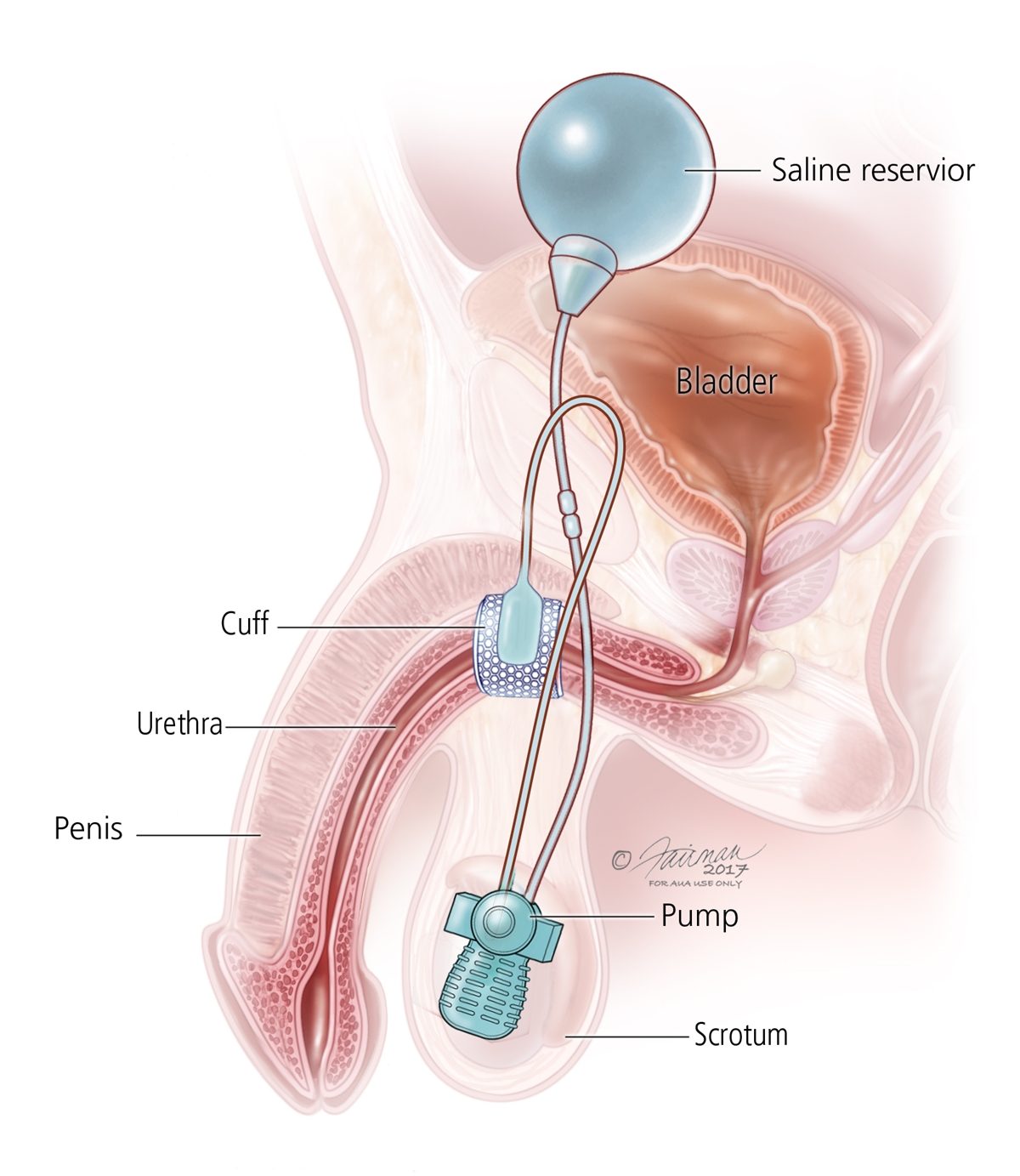
Neurogenic Bladder: Symptoms, Diagnosis & Treatment - Urology Care Foundation
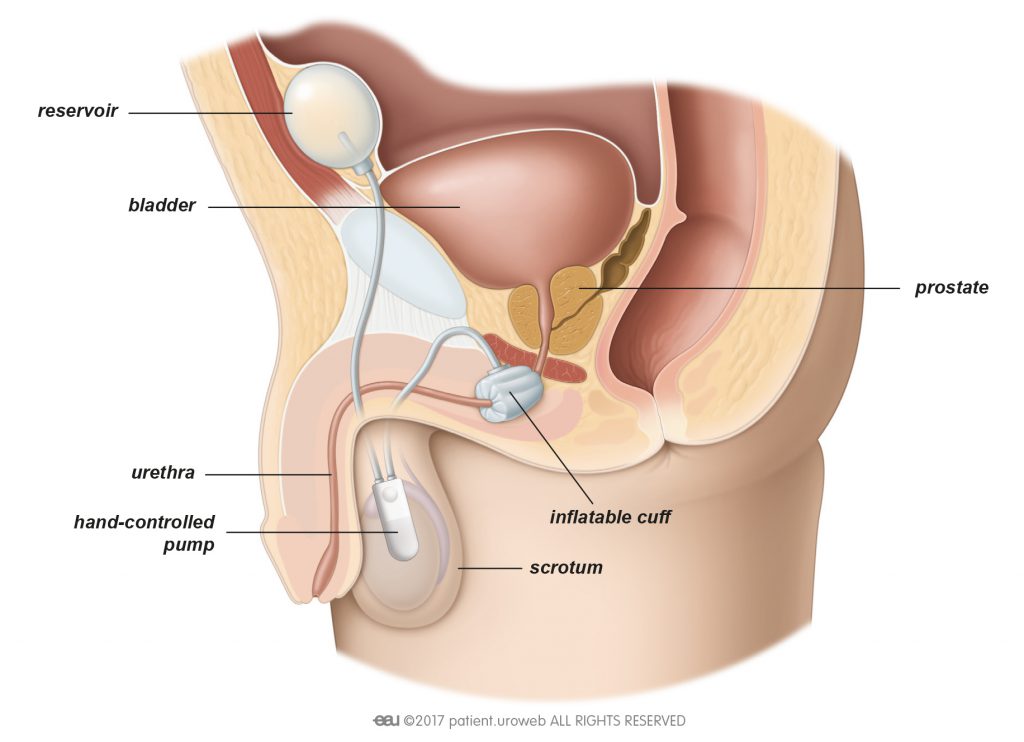
Artificial Urinary Sphincter implantation in men - Patient Information

Artificial urinary sphincter surgery in the special populations: neurological, revision, concurrent penile prosthesis and female stress urinary incontinence groups Chung E - Asian J Androl

AUA 2020: Crossfire: Controversies in Urology: Are Urodynamics Needed in the Workup of Post-Prostatectomy Incontinence? Pros and Cons of Artificial Urinary Sphincter

Urinary Incontinence After Prostate Surgery: Everything You Need To Know - NAFC
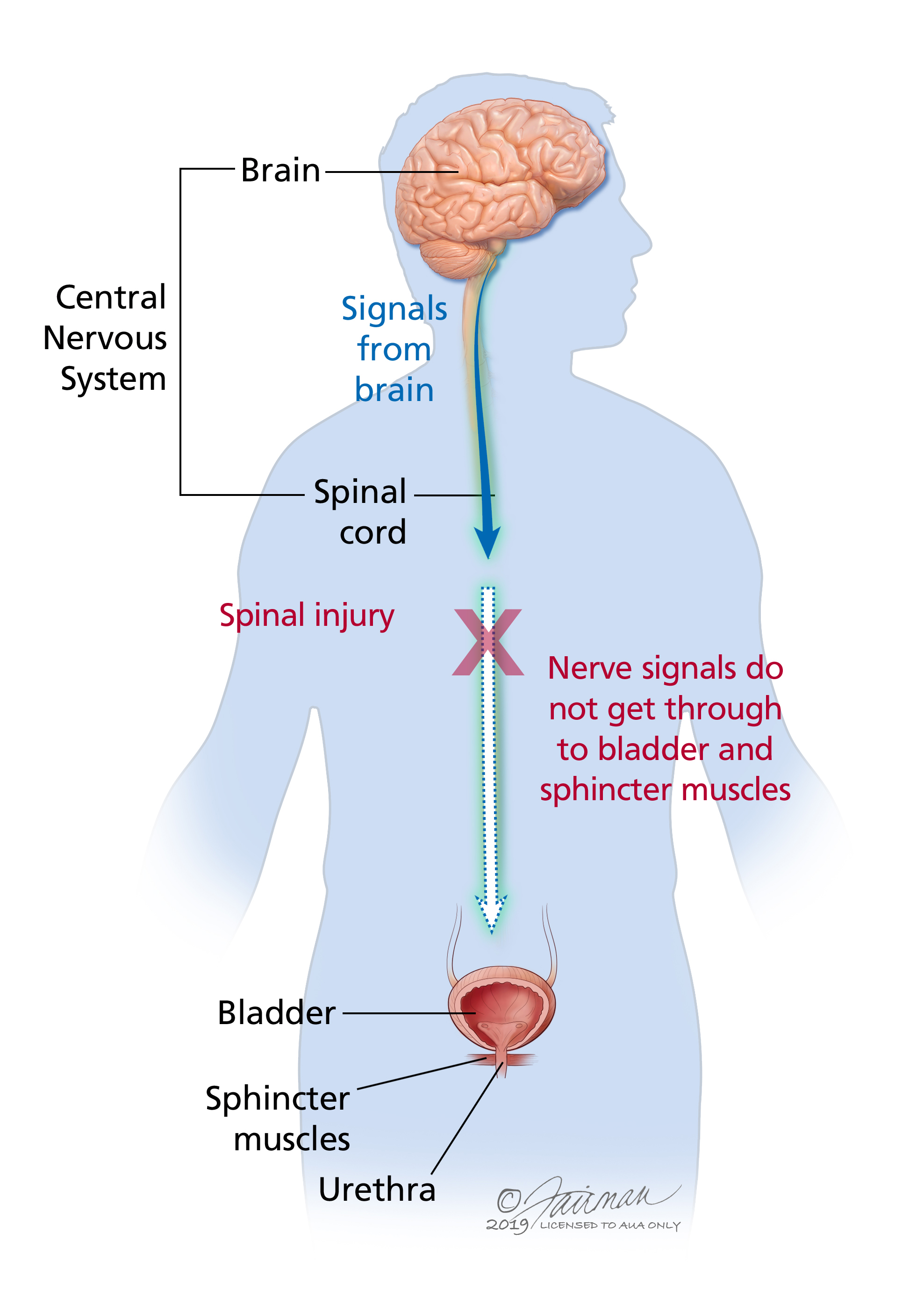
Neurogenic Bladder: Symptoms, Diagnosis & Treatment - Urology Care Foundation

Male Continence Training. AMS 800 Artificial Urinary Sphincter - PDF Free Download
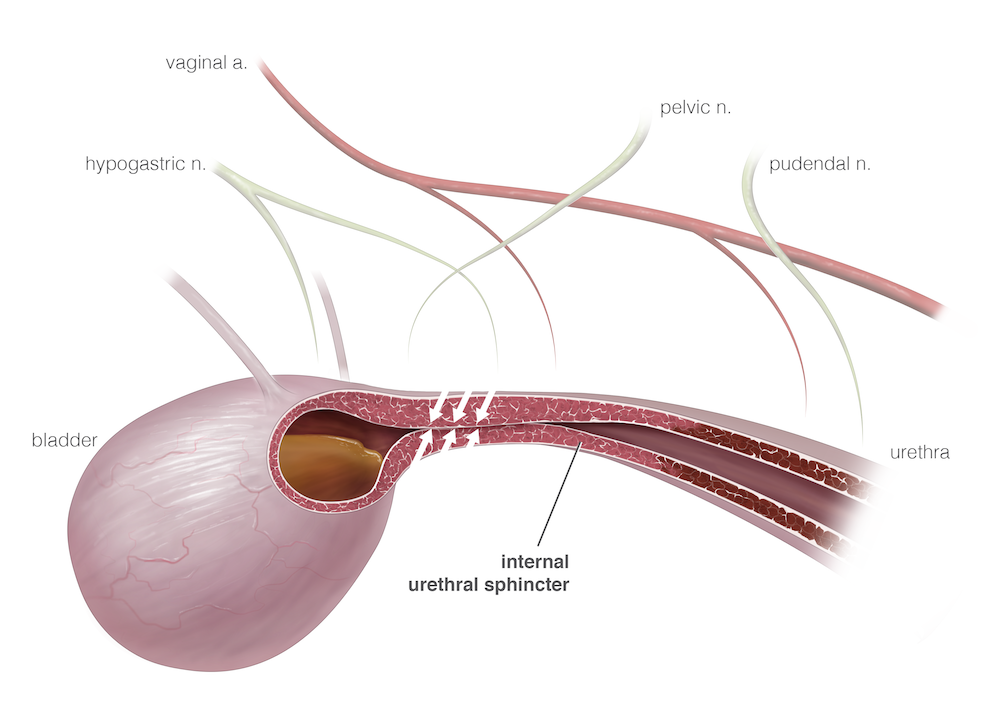
Canine Urinary Incontinence
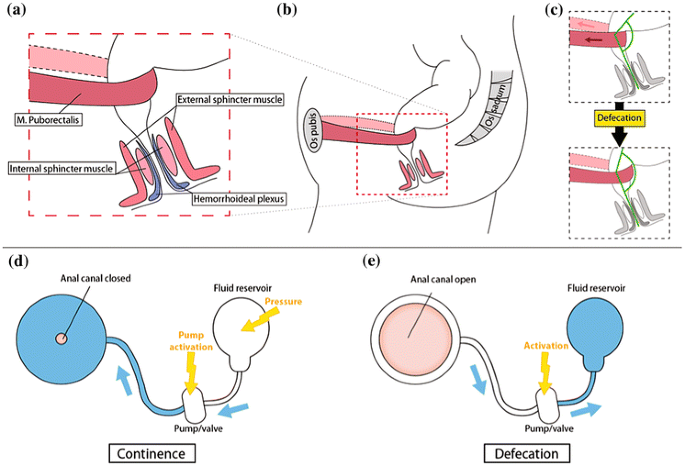
Artificial Muscle Devices: Innovations and Prospects for Fecal Incontinence Treatment | SpringerLink

Outcomes, complications, advantages and disadvantages of different... | Download Table
Colposuspension | Health Information | Bupa UK
Male Continence Training
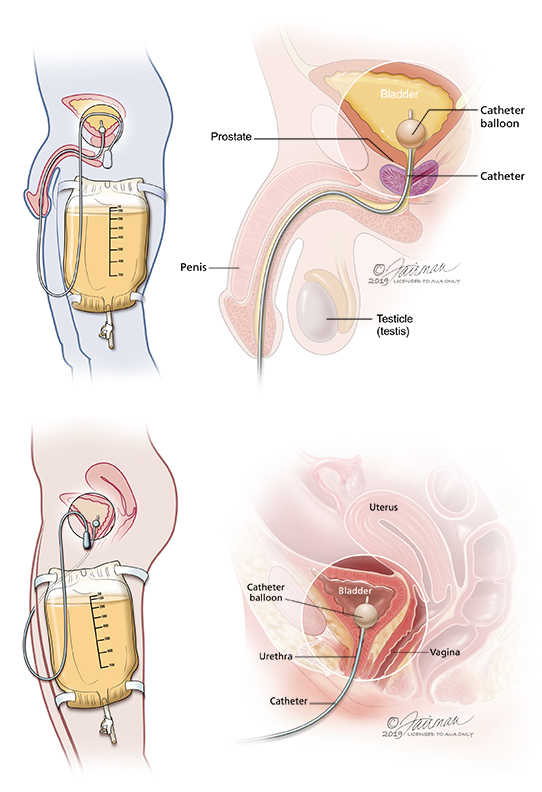
Neurogenic Bladder: Symptoms, Diagnosis & Treatment - Urology Care Foundation

Outcomes, complications, advantages and disadvantages of different... | Download Table

Male Continence Training. AMS 800 Artificial Urinary Sphincter - PDF Free Download
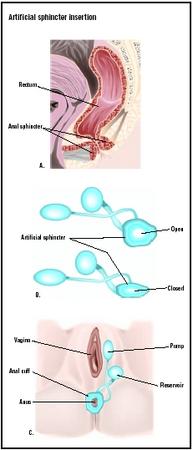
Artificial Sphincter Insertion - procedure, recovery, test, tube, removal, pain, adults, time

Best Cost Artificial Sphincter Surgery in Top Hospital Surgeon in Delhi, Mumbai, Chennai, Hyderabad, Banglore INDIA

Expert Presentations on Incontinence | Grand Rounds in Urology
The artificial urinary sphincter and male sling for postprostatectomy incontinence: Which patient should get which procedure?

Sucralose Pros and Cons - HRF

Artificial Muscle Devices: Innovations and Prospects for Fecal Incontinence Treatment. - Abstract - Europe PMC

Innovation in the Treatment of Male Urinary Incontinence - YouTube
Adjustable sling for the treatment of post-prostatectomy urinary incontinence: systematic review and meta-analysis

Artificial Muscle Devices: Innovations and Prospects for Fecal Incontinence Treatment. - Abstract - Europe PMC
Urinary tract surgery – incontinence: what's new
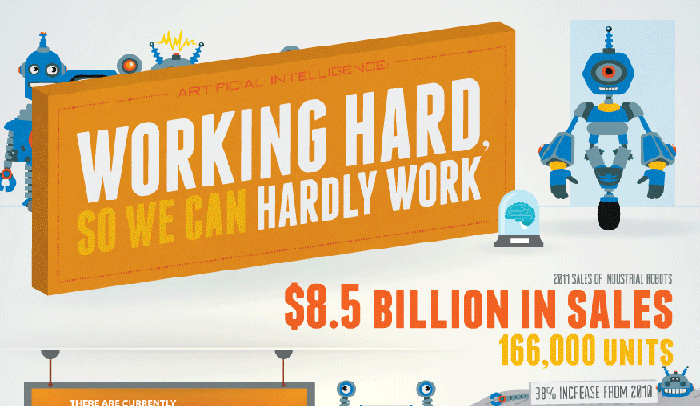
Pros and Cons of Artificial Intelligence - HRF
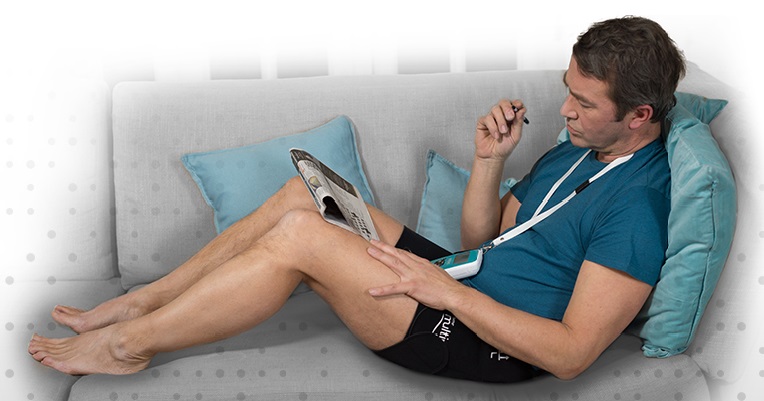
Revolutionary Incontinence Treatment - Bladder & Bowel Community
AMS‐800 Artificial urinary sphincter in female patients with stress urinary incontinence: A systematic review
What should you know about Male Urinary incontinence: Aspects of the problem and the Total approach

AUA 2020: Crossfire: Controversies in Urology: Are Urodynamics Needed in the Workup of Post-Prostatectomy Incontinence? Pro/Con Male Slings
Patient Information Cystoscopy and injections of bulking material at the bladder opening: procedure-specific information
Stress incontinence | Beacon Health System
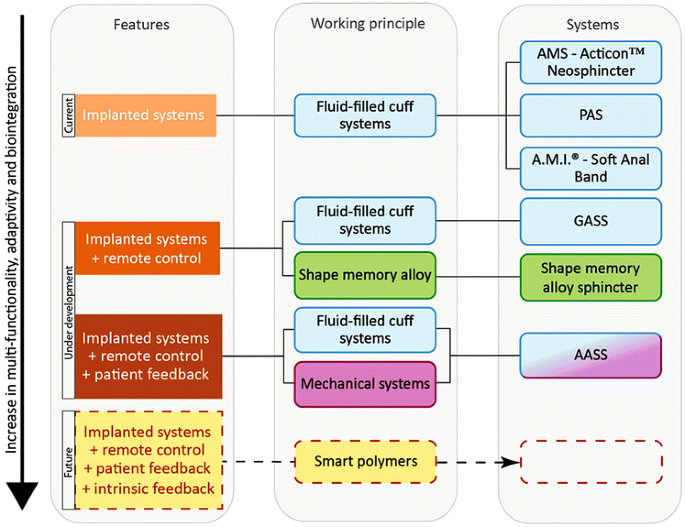
Artificial Muscle Devices: Innovations and Prospects for Fecal Incontinence Treatment | SpringerLink

Outcomes, complications, advantages and disadvantages of different... | Download Table

Artificial Urinary Sphincter for Postradical Prostatectomy Urinary Incontinence — Is It the Best Option?

Canine Urinary Incontinence

Pros and Cons of Bladder Leakage or Urinary Incontinence Treatments | Sasse Surgical Reno
Adjustable sling for the treatment of post-prostatectomy urinary incontinence: systematic review and meta-analysis
Posting Komentar untuk "artificial sphincter pros and cons"